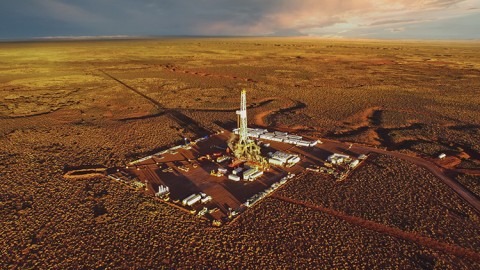To begin with, a diversified energy mix is often viewed as a crucial component of energy security since having several sources enables a nation to keep running normally even if one of its sources of energy is unsuccessful.
This situation does not always apply. Energy supply security becomes less of a concern for countries that generate all of their own energy needs. A nation that imports a lot of energy must consider all the variables that can affect the supplying nation’s ability to deliver energy.
General Overview
First of all, a nation’s energy mix refers to the variety of its sources of power. Energy security requires diversification since the majority of utilized energy sources, including crude oil, coal, and natural gas, are each considered consumables and thus vulnerable to economic forces that might cause supply disruptions or astronomical price increases. Additionally, commodities like oil are particularly vulnerable to unexpected fluctuations brought on by geopolitical developments. Through diversification, a community can increase the use of alternative energy sources like solar energy, for example, to offset an adverse effect to one energy input, such as coal.
Since the risks associated with the energy sectors of oil and gas and electricity may be offset against one another, oil and gas players that penetrate new energy markets often have an edge over their rivals. Decreased use of fossil fuels results in higher use of electricity or hydrogen when energy demand is relatively steady, and the opposite is true. Yet, those that have diverse portfolios not only have a smaller degree of general risk exposure, additionally they frequently have larger leverage available to them, which helps to increase project returns. As suggested by a Field Manager in the oil and gas sector, “[We] are starting to see a change in Egypt’s oil and gas sector in terms of the production mix. There is a huge focus now on types such as green hydrogen and other renewable sources, but this does not mean oil and gas products won’t be used in the future. In my opinion, it will still be mostly oil and gas conventional products that will be supplied only with a small mix of other sources to meet some carbon footprint goals; but this process will take some time.”
Other Options
Businesses can find methods for broadening their portfolios by making investments beyond those technologies that reduce the carbon footprint of the extraction of oil and gas or decarbonize it. This involves investments from venture capitalists, which are now being made by firms like Saudi Aramco and Chevron Technology Ventures. These firms can take part in cutting-edge digital start-ups with an emphasis on micro-grid, electric cars, rechargeable batteries, and a variety of emerging technologies outside the oil and gas industry.
Large IOC investments in renewable energy have served as a main topic of discussion lately regarding how the oil and gas sector might adjust and add to the environmentally conscious transition. However, as renewable technologies develop, it might grow less important for IOCs to make investments in specific renewable technologies and more important to consider their investment strategy.
Furthermore, according to the IEA, the oil and gas sector is not making sufficient progress to reach Transition objectives. 1% of funds are allocated to extraneous operations. In the next decade, it must increase to 15%. As a matter of fact, the IEA has taken it upon themselves to highlight how the sector is well-positioned to make investments in early-stage, heavily capital-intensive renewable energy sources (i.e. hydrogen, biomethane, etc.) because of its current skills. Another field that they ought to concentrate on is carbon capture, which is in need of funding and development. Limiting leakage of methane and flaring, as well as employing renewable energy for powering recently constructed upstream and LNG facilities, are emissions examples of easy gains and/or achievements.
While certain oil and gas businesses have made attempts to aid in the fight against climate change, the sector as an entirety has the technical ability, financial backing, and managerial know-how to serve a far more substantial role.
Of course, keeping this in mind, in the foreseeable future’s energy mix, low-carbon sources of energy will surely take central stage. However, even in the case of fast shifts to renewable energy, expenditure on oil and gas projects will continue to be required. The production would fall by around 8% annually if investment in already operating oil and gas fields were to fully cease. This outweighs any conceivable decline in global demand, thus spending on current sectors as well as emerging ones is still likely to occur.








